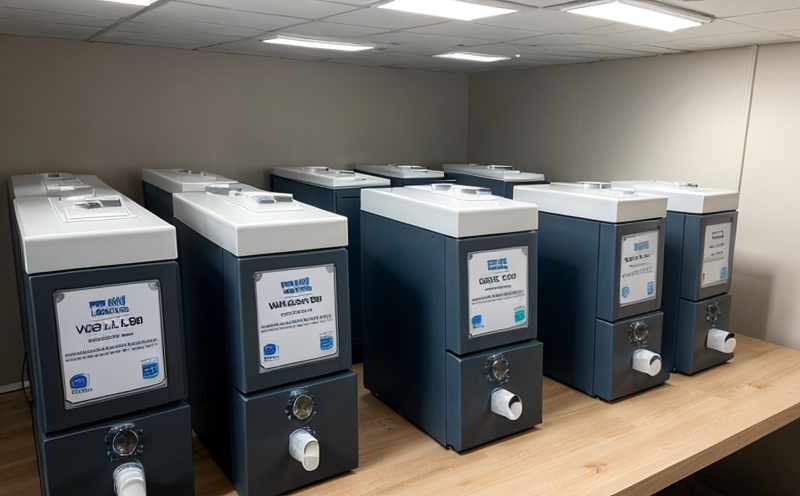JIS L1041 Testing methods for formaldehyde in textile products
The Japanese Industrial Standard (JIS) L1041 specifies a method for determining the free and bound formaldehyde present in textile materials. This standard is crucial for ensuring that textiles are safe, particularly important given formaldehyde's potential to cause skin irritation or allergic reactions when used at high concentrations.
The JIS L1041 test aims to quantify both free and bound formaldehyde, which can be found in various types of textile products such as clothing, bedding, and upholstery. The presence of formaldehyde is regulated by several international standards including ISO 17956-1 and ASTM D3982, among others.
The testing procedure outlined in JIS L1041 involves extracting the sample with a buffer solution to release both free and bound formaldehyde. After extraction, the amount of formaldehyde is measured using a titration method or a colorimetric test. This process ensures that compliance with regulatory limits set by various standards organizations can be accurately verified.
The importance of this testing cannot be overstated, especially for industries like textiles where consumer safety is paramount. For instance, in the clothing sector, ensuring formaldehyde levels are within acceptable limits helps protect consumers from potential health risks associated with prolonged skin contact. The JIS L1041 method is widely used by manufacturers and suppliers to maintain product quality and meet regulatory requirements.
The testing process itself involves several critical steps that ensure accuracy and reliability of results. Specimen preparation begins with selecting representative samples, which should reflect the intended use of the textile material. Once prepared, these specimens undergo extraction using a buffer solution designed to release both free and bound formaldehyde. The extracted solutions are then analyzed either by titration or colorimetric testing.
For compliance officers and quality managers responsible for ensuring product safety and regulatory adherence, understanding the nuances of JIS L1041 is essential. This includes knowing not only how to perform the test but also interpreting results accurately to make informed decisions about product development and production processes.
| Sample Preparation | Extraction Method | Analytical Technique |
|---|---|---|
| Select representative samples reflecting intended use. | Use buffer solution for extraction of both free and bound formaldehyde. | Analyze using titration or colorimetric testing. |
Why It Matters
The regulation of formaldehyde in textiles is crucial for consumer safety, especially given its known carcinogenic properties at high concentrations. Compliance with standards like JIS L1041 ensures that products meet stringent quality and safety requirements.
- Protects consumers from potential health risks associated with prolonged skin contact.
- Ensures product quality by identifying and addressing issues early in the production process.
- Aids in maintaining brand reputation by demonstrating a commitment to consumer safety and regulatory compliance.
Benefits
Implementing JIS L1041 testing offers numerous benefits, including:
- Informed Decision-Making: Provides accurate data for decision-making processes in product development and quality assurance.
- Regulatory Compliance: Ensures that products comply with international standards such as ISO 17956-1 and ASTM D3982.
- Enhanced Product Safety: Protects consumers from the adverse effects of high formaldehyde levels in textiles.
Use Cases and Application Examples
The use cases for JIS L1041 testing are diverse, encompassing various stages of the textile production process:
- New Product Development: Ensures that new products meet regulatory requirements before going to market.
- Quality Assurance: Regularly tests existing product lines to ensure ongoing compliance with standards.
- Supply Chain Management: Verifies the quality of materials sourced from suppliers, ensuring consistency across production batches.
| Use Case | Description |
|---|---|
| New Product Development | Ensures that new products meet regulatory requirements before going to market. |
| Quality Assurance | Regularly tests existing product lines to ensure ongoing compliance with standards. |
| Supply Chain Management | Verifies the quality of materials sourced from suppliers, ensuring consistency across production batches. |





